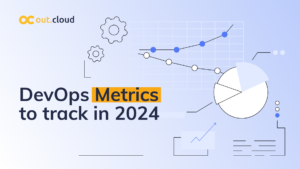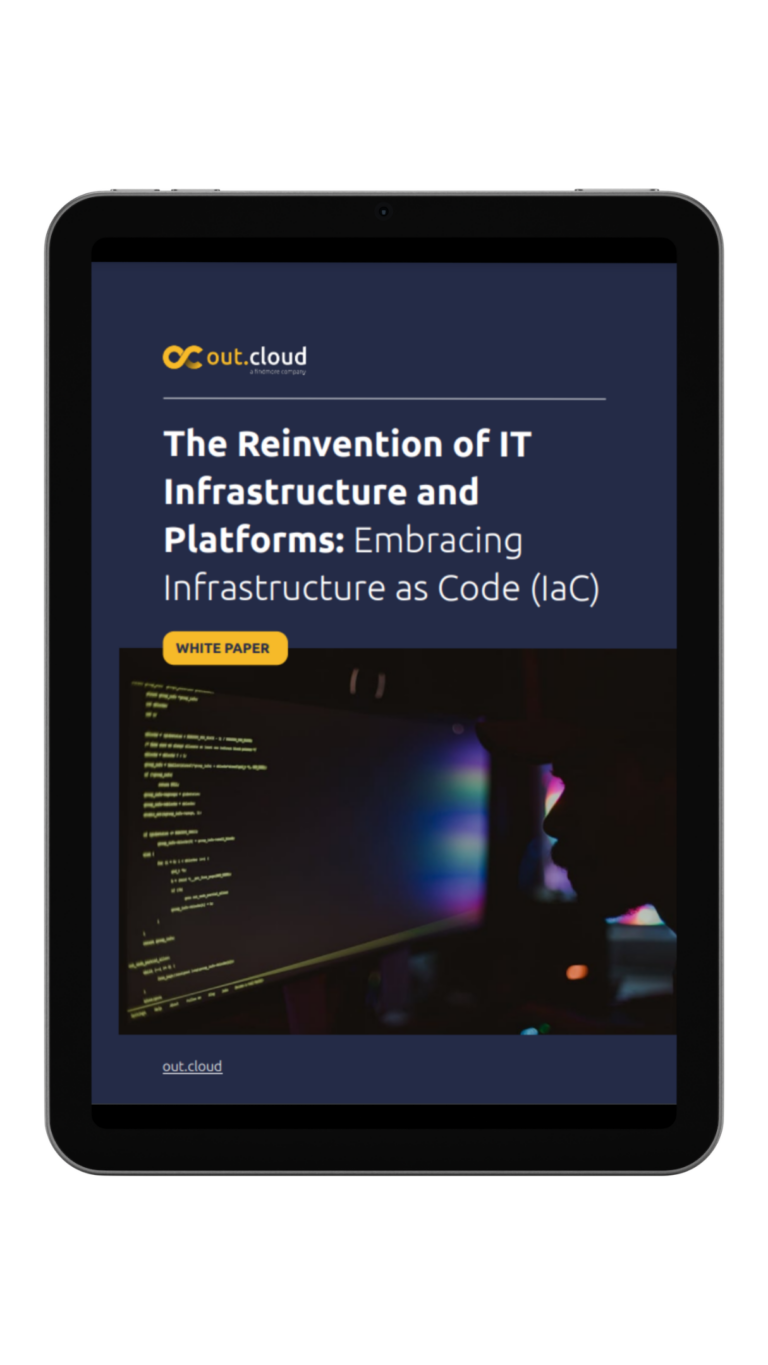Observability vs monitoring: two essential concepts that shape the landscape of cloud-based IT operations. As infrastructure software continues to evolve, it’s crucial to understand the distinctions between observability and monitoring and their respective roles. From emerging approaches and advancements to the demand for rapid improvements, observability and monitoring play a critical role in enhancing the stability and reliability of backend IT infrastructure operations. Let’s delve deeper into the realm of observability vs monitoring to grasp their significance and how they shape the modern IT landscap
Understanding Observability: Measurement of System’s Internal States
Only recently has the terminology of observability been applied in the IT industry and cloud computing. The origins of the term come from the discipline of control systems engineering. Observability can be defined as a measurement of how well a system’s internal states could be inferred from its external outputs. More directly, a system is observable if its current state can be determined in a finite period using exclusively the outputs of the system.
Exploring Monitoring: Assessing System Performance
If observability is based on the system’s internal state, monitoring comprises actions that are part of observability, such as observing the quality of the system performance over a duration of time. Ultimately, the act of monitoring consists of tools and processes that can report the traits, performance, and overall state of a system’s internal states.
The Role of Observability in Cloud-Based IT Operations
With the constant growth of environments and their complexity, monetarization although important, can’t pursue the expanding number of problems that continue to appear. Observability comes into play as a way to determine what is causing the problem. Without an observable system, there would be no starting point to begin or way find out the issue at hand. Simply put, an observable system develops the application and the tools needed to grasp what’s happening to the software.
The Three Pillars of Observability: Event Logs, Traces, and Metrics
IT infrastructure consists of hardware and software components that automatically create records of every activity on the system, namely: security logs, system logs, application logs, among many others. The fundamental way to achieve observability is based on monitoring and analyzing these occurrences through KPIs and other data. When it comes to accomplishing this, three pillars are essential:
- Event Logs: A timestamped record of an event that happened over time. Generally, event logs come in three forms: Plaintext, Structured, and Binary.
- Traces: A trace captures a user’s journey through your application, giving end-to-end visibility. Traces are the representation of logs, providing a view to the path traveled on by a request, as well as the structure of the request.
- Metrics: Metrics can be either a point in time or monitored over intervals. They are, essentially, a numeric representation of data measure over intervals of time.
It’s important to remember that logs, metrics, and traces have one great goal: to provide visibility into the behavior of distributed systems. Having access to these insights, based on a combination of different observability signals, becomes a must-have as a method of debugging distributed systems.




